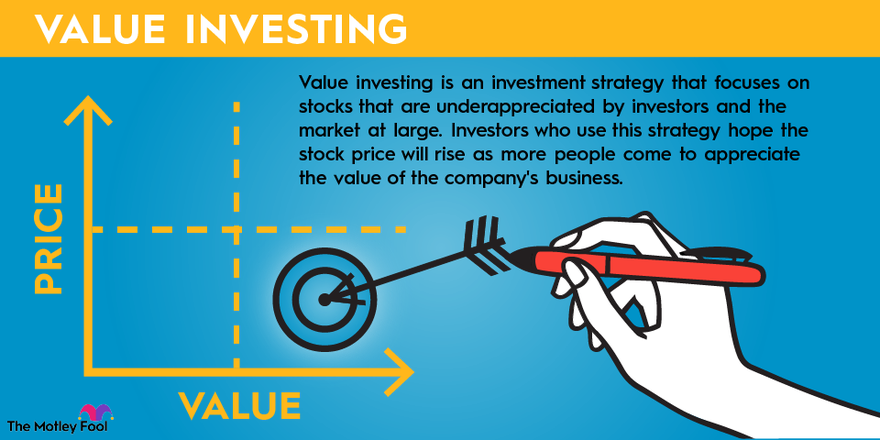A stock can become overvalued when the price of a security becomes detached from its underlying fundamentals. In the short run, stocks can stray far from their intrinsic value, but in the long run, they will eventually move back closer to the true value of the underlying company.
Sometimes, this results in an opportunity to buy undervalued stocks, but it can also swing the other way. If you buy an overvalued stock, it will likely end up underperforming the market as the price eventually falls back to its real value.

What is an overvalued stock?
An overvalued stock is one that trades at a price significantly higher than its fundamental earnings and revenue outlooks suggest it should. It may also trade at a price-to-earnings (P/E) multiple higher than its peers when adjusted for future growth.
Related: What is a story stock?
How to determine whether a stock is overvalued
You can use a variety of metrics to assess a stock's value. Two of the most common are the P/E ratio and the enterprise-value-to-EBITDA (earnings before interest, taxes, depreciation, and amortization) ratio, or EV/EBITDA. Both are measurements of the current stock price versus the underlying company's earnings or earnings potential.
It's also important to consider a company's future earnings growth. All else being equal, a fast-growing company absolutely should trade at a higher earnings multiple than a slow-growing company. Some investors look at the price/earnings-to-growth ratio (PEG ratio) as another indicator of whether a stock is overvalued.
The best way to determine whether a stock is overvalued is to dig into the company yourself. Make your own estimates for its future revenue growth, margin expansion (or compression), and how it all affects the bottom line. Sometimes, you might find something the rest of the market is missing.
United faces a significant threat from a potential recession, which would curb leisure travel. Management said a recession would cut its earnings per share outlook for 2025 by roughly 35%. Meanwhile, competition increasing capacity could keep flight prices stable even if fuel costs continue to climb.
United’s stock value might look attractive at less than eight times forward earnings, but analysts are expecting negative earnings per share growth for the year. What’s more, that’s roughly in line with its historical average and the industry average. But United is spending heavily to update its fleet, leaving less capital for things like returning cash to shareholders. That makes it far less attractive than its peers.
How to avoid overpaying for a stock
Even a great company can have an overpriced stock. Analyzing the business can save you from making an investment that underperforms the market, even if the company continues to perform as expected.
As famous value stock investor Benjamin Graham said, in the long run, the stock market is a weighing machine. Eventually, prices move toward their intrinsic values.


